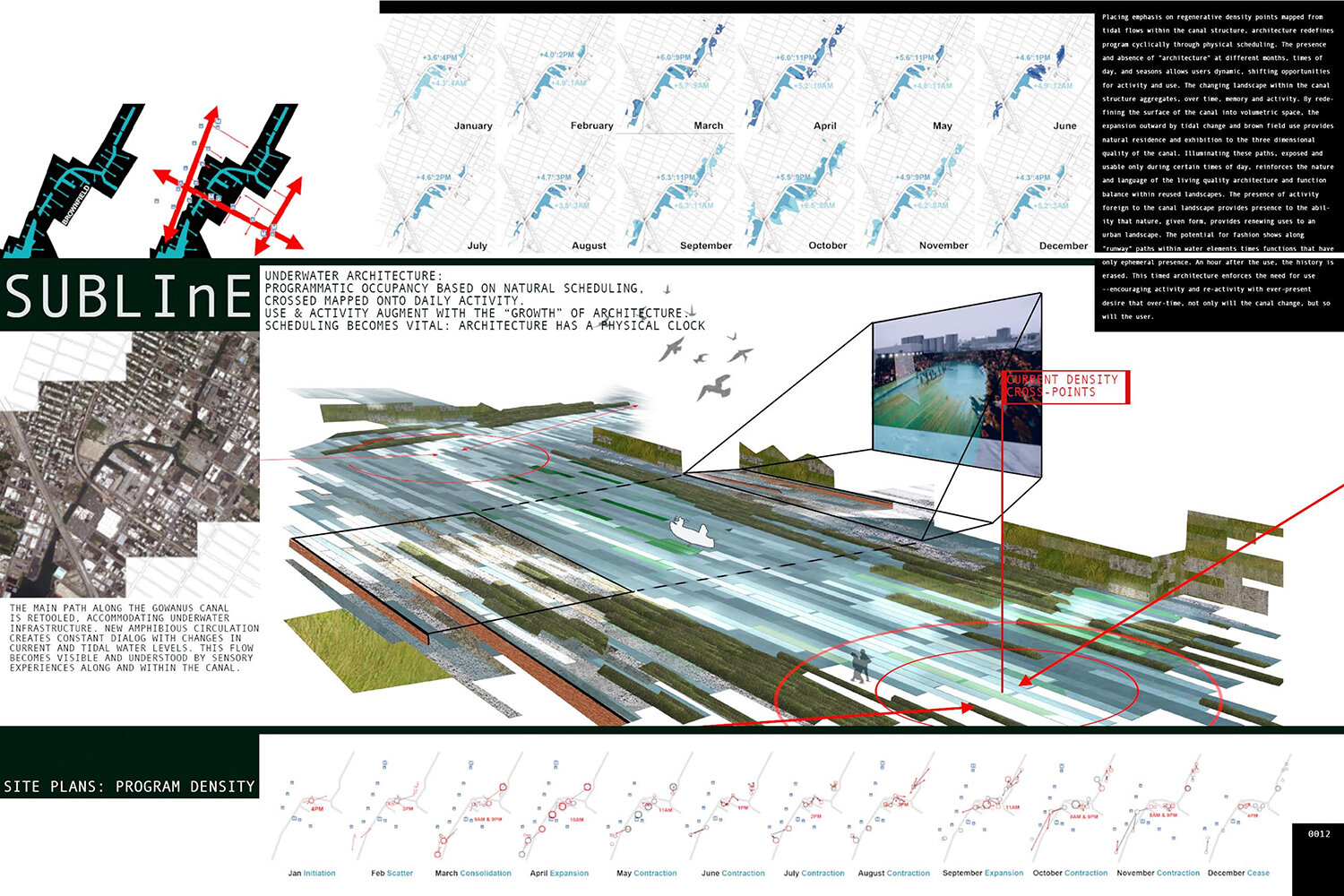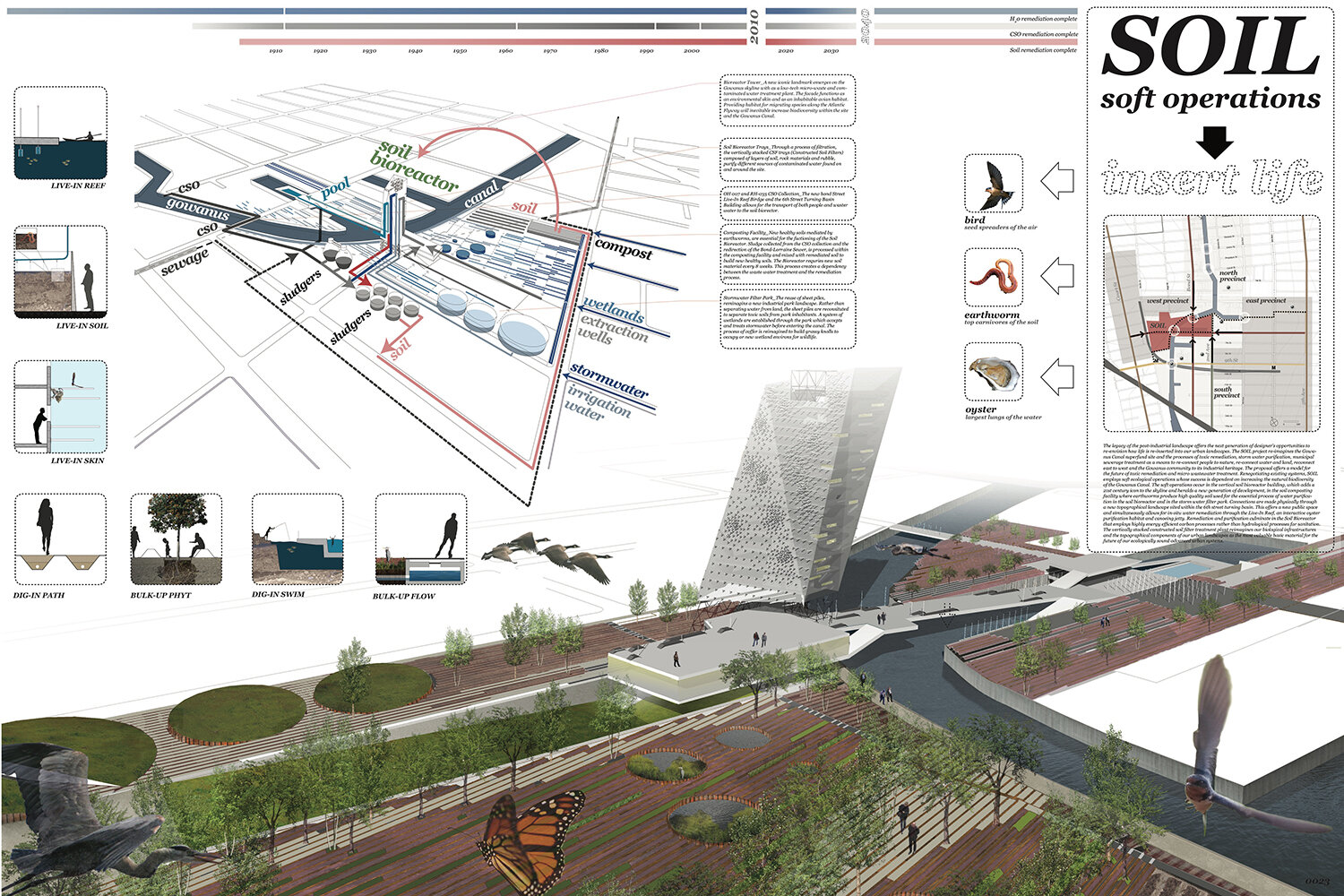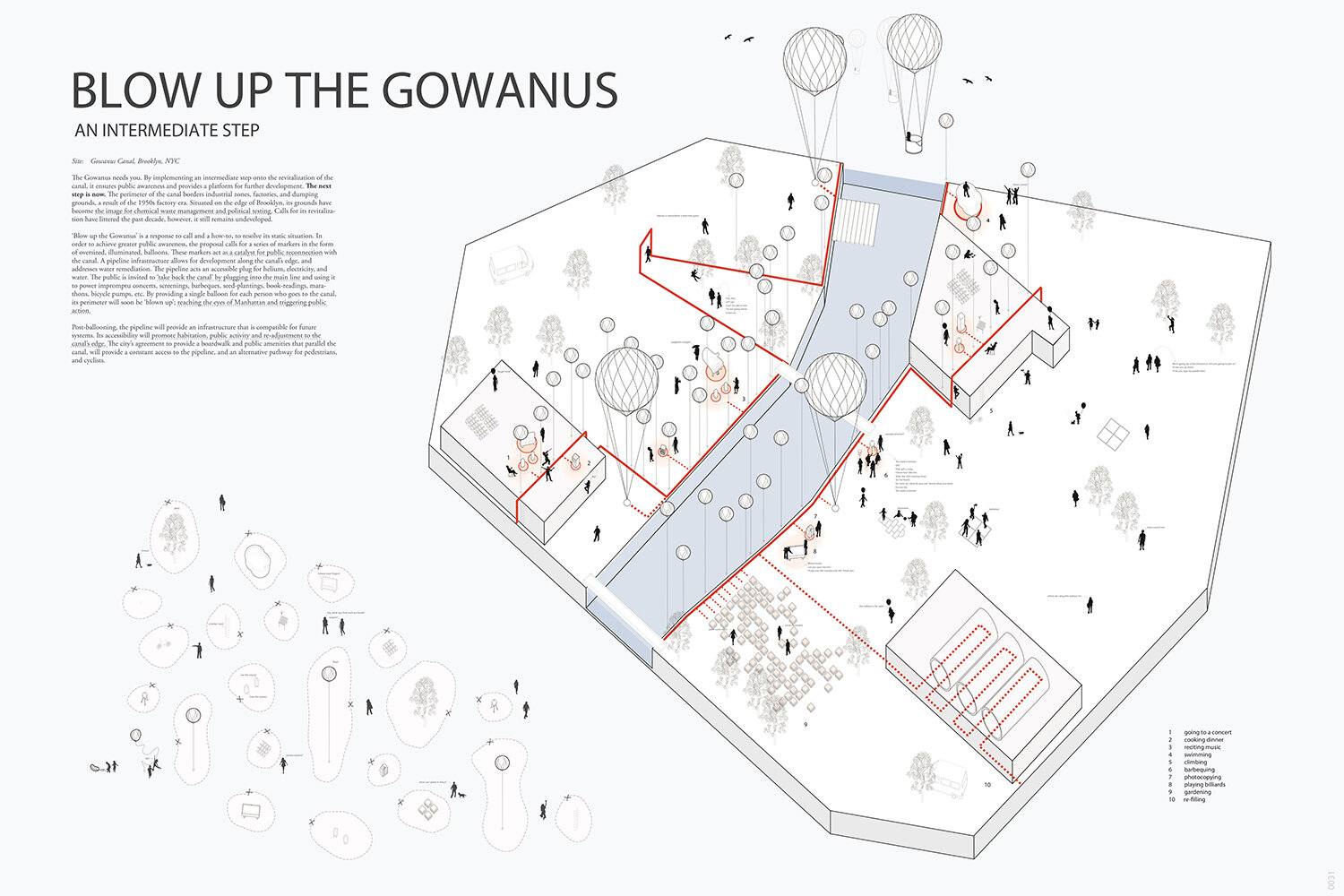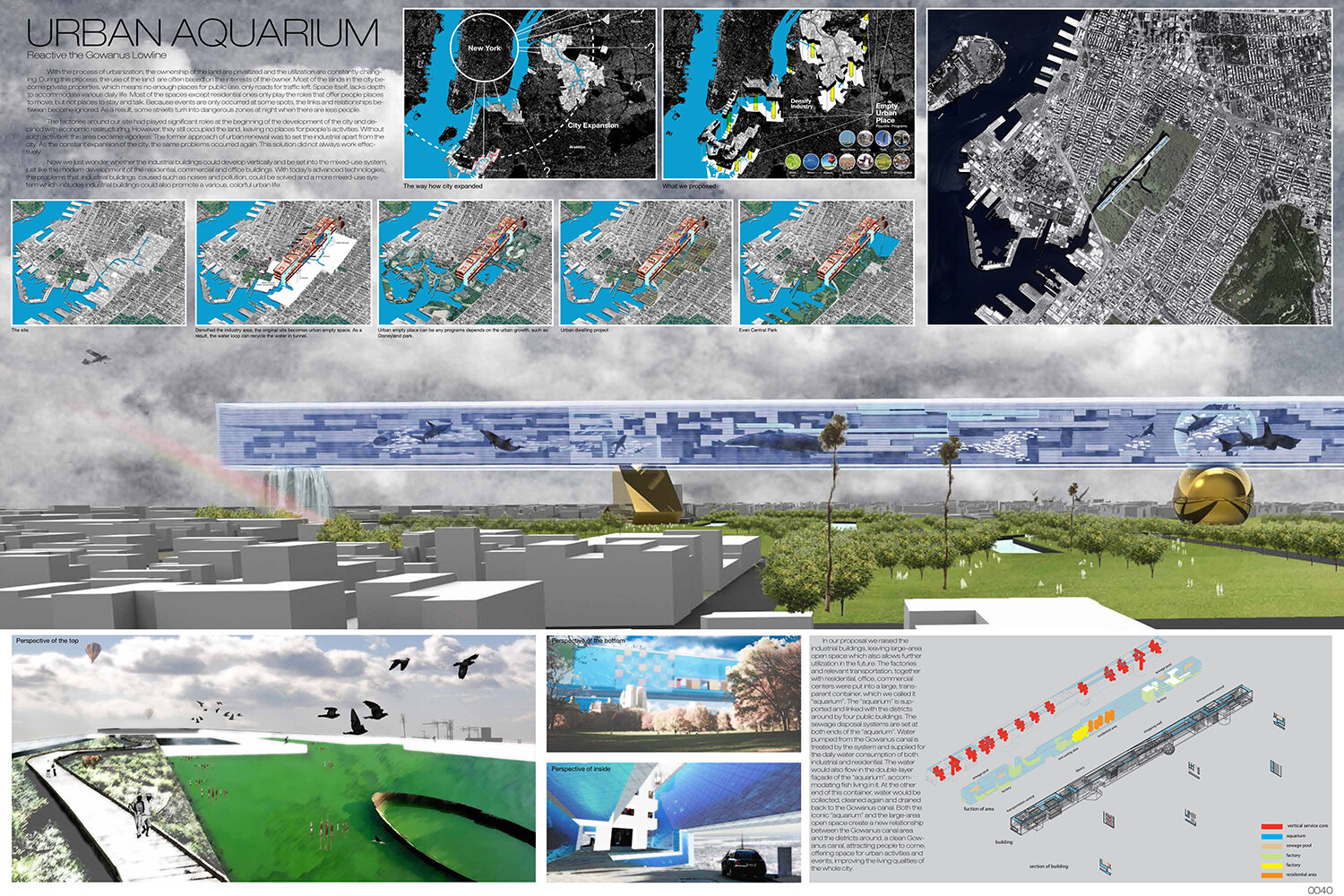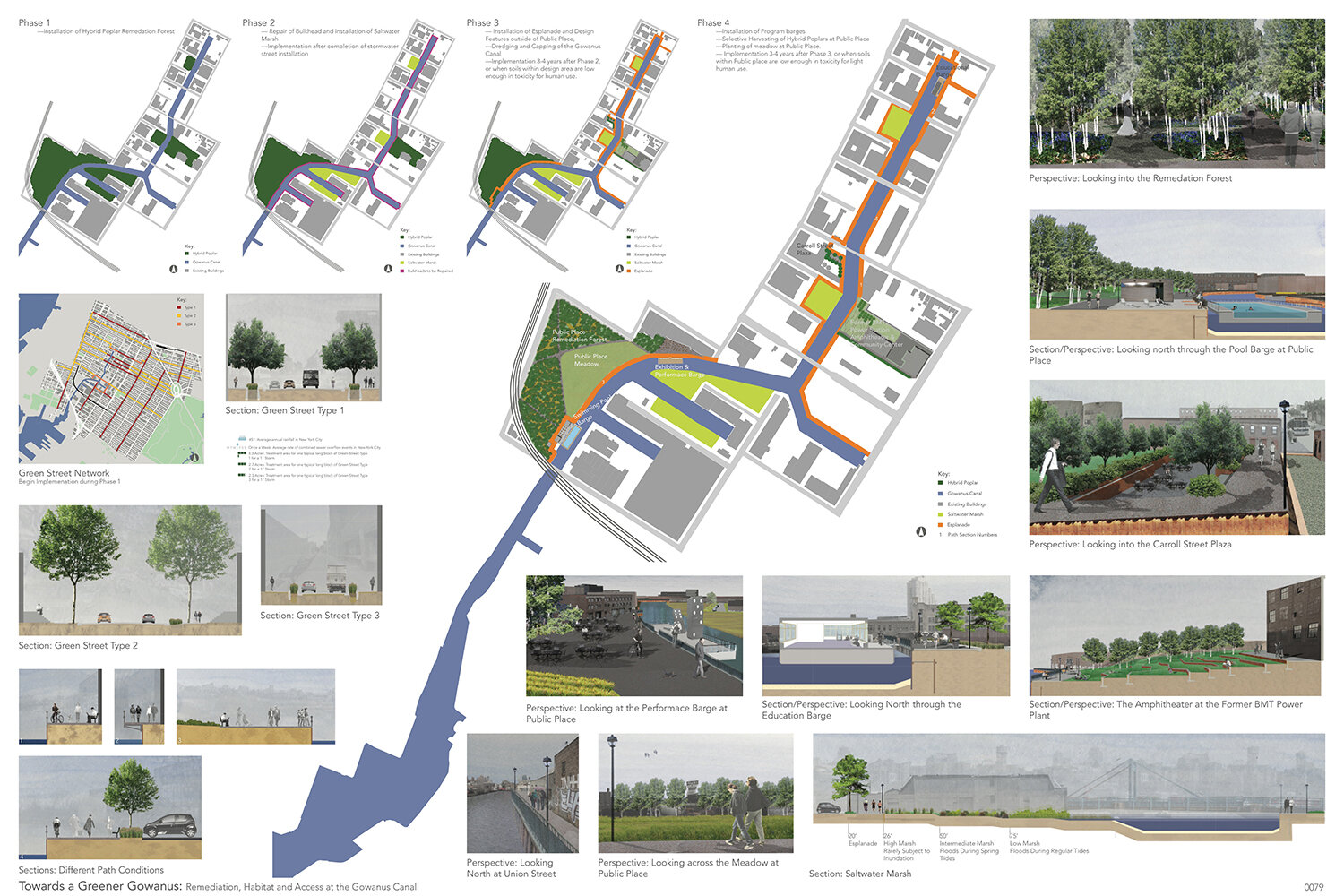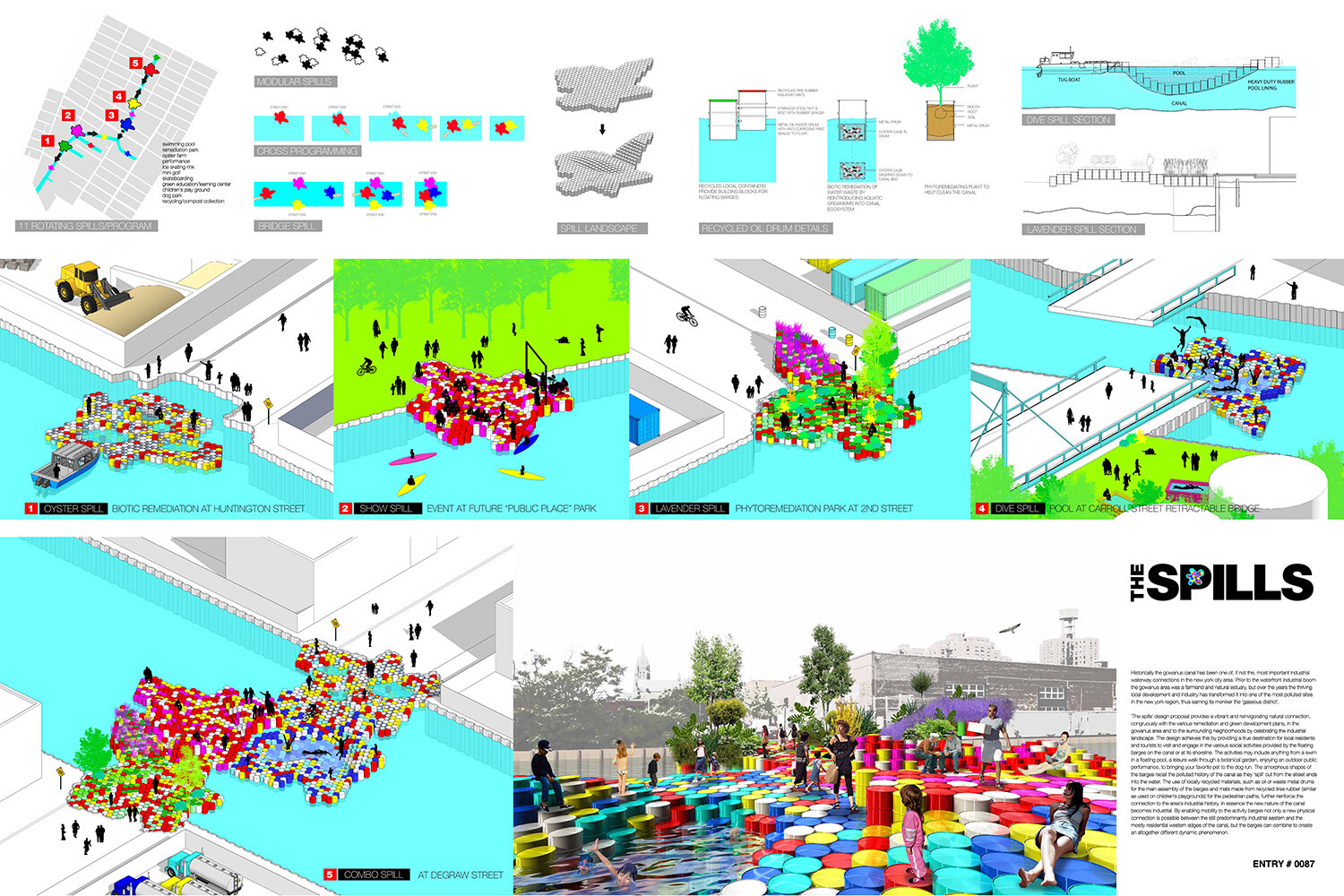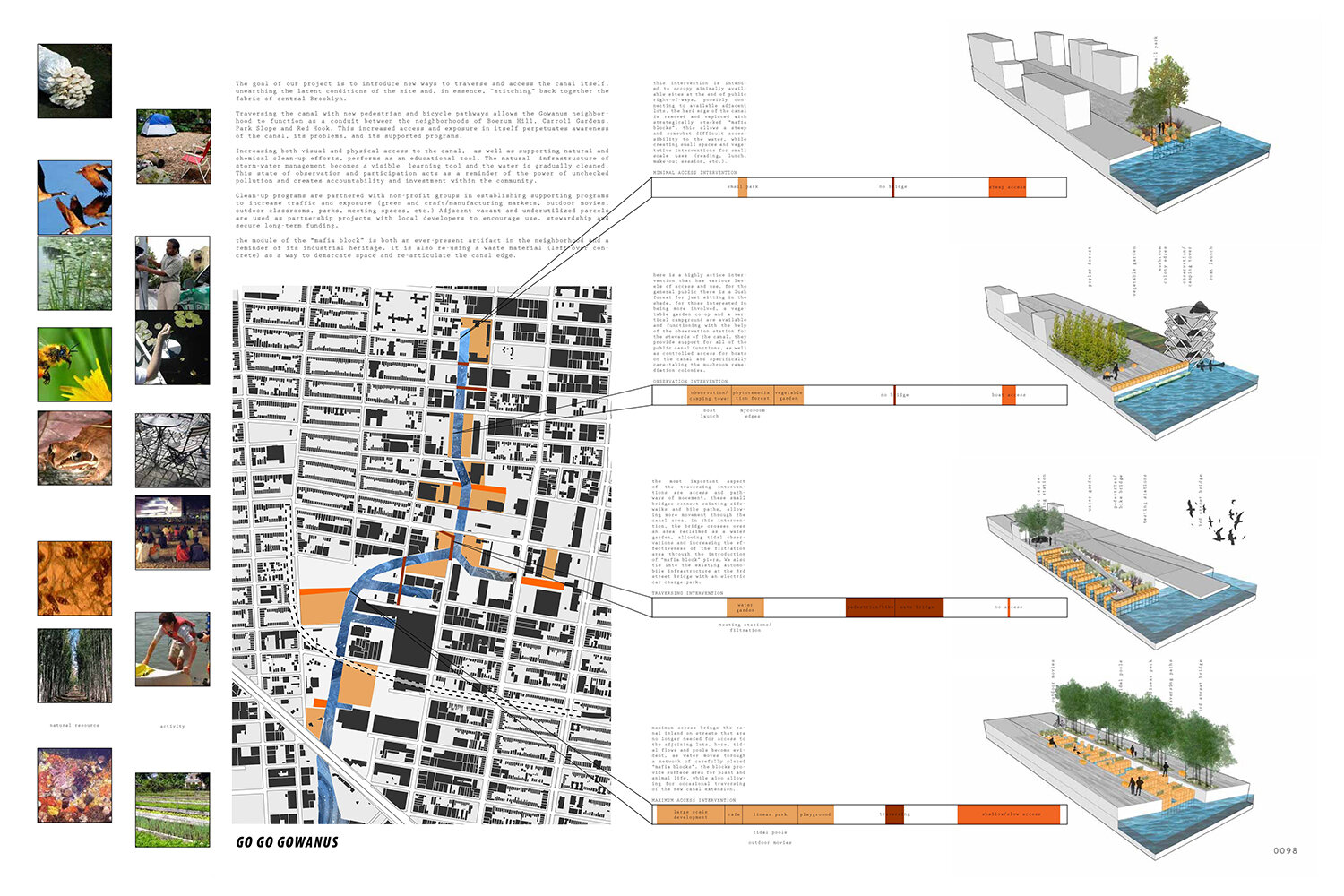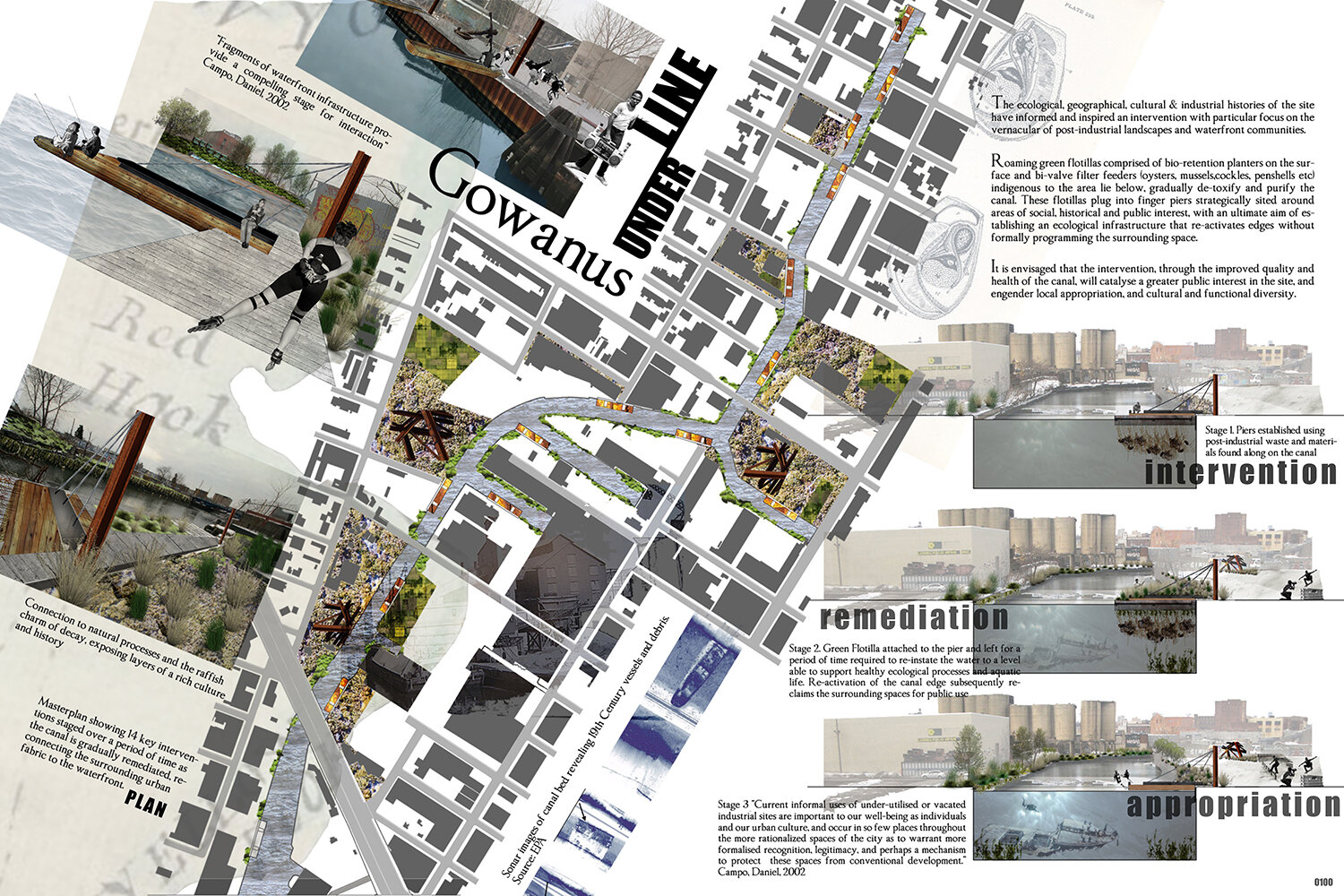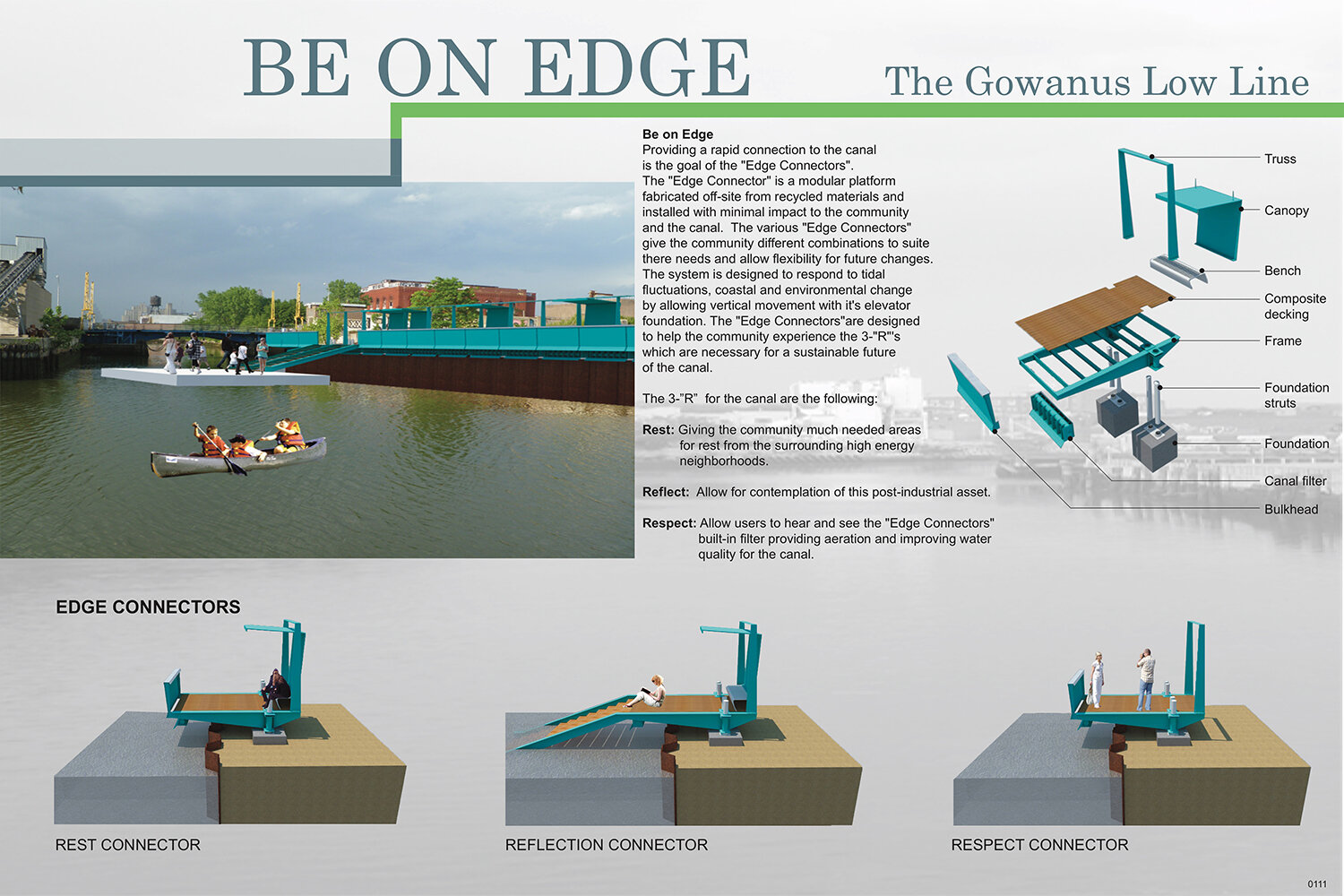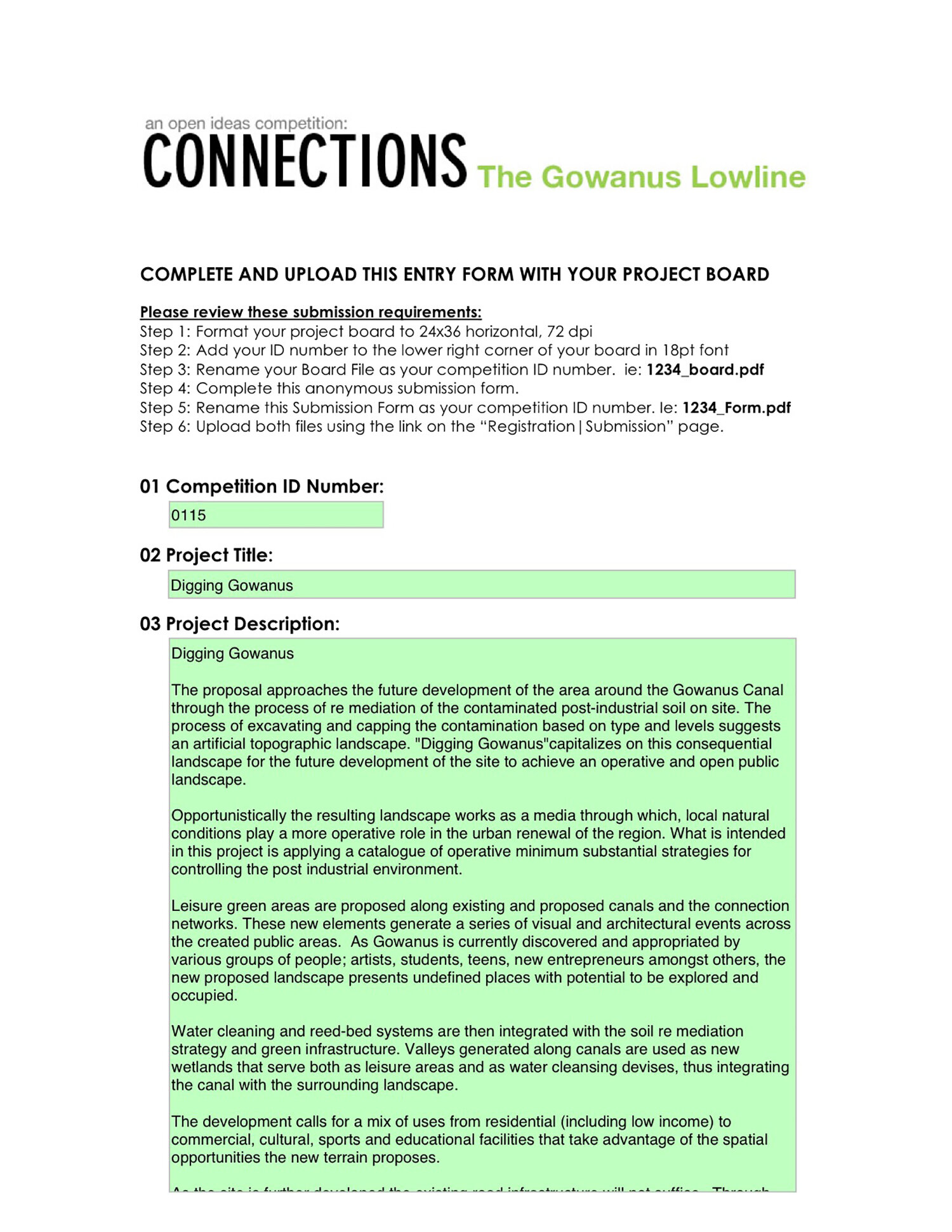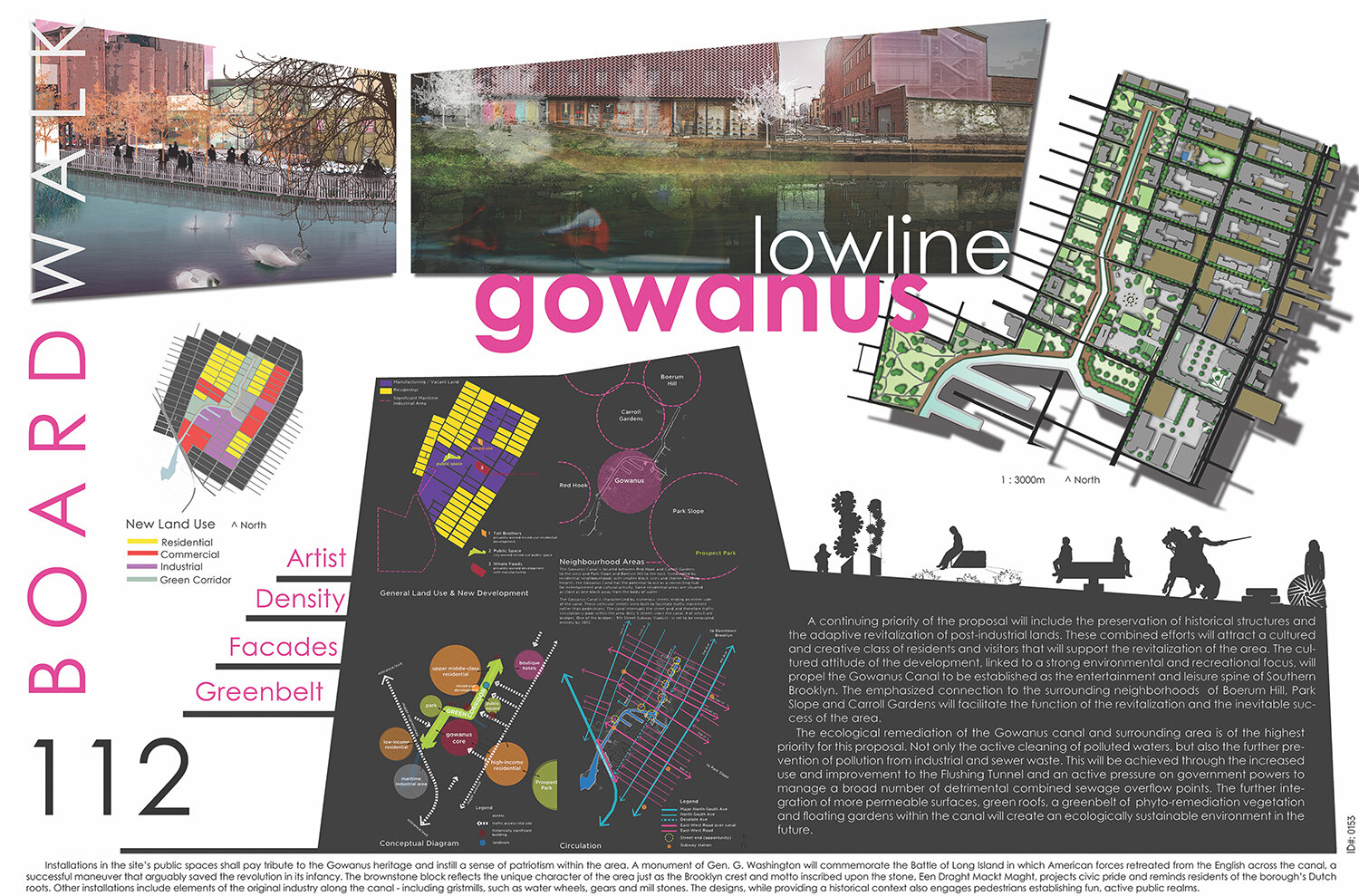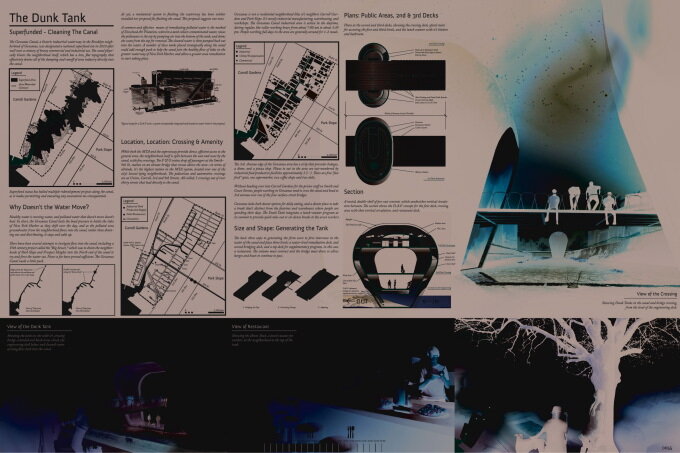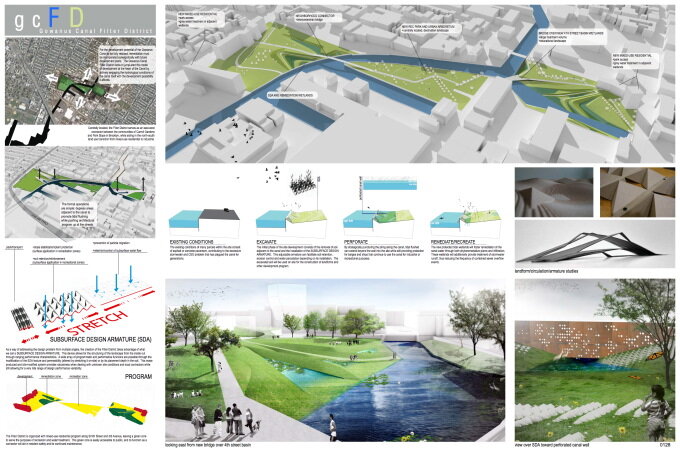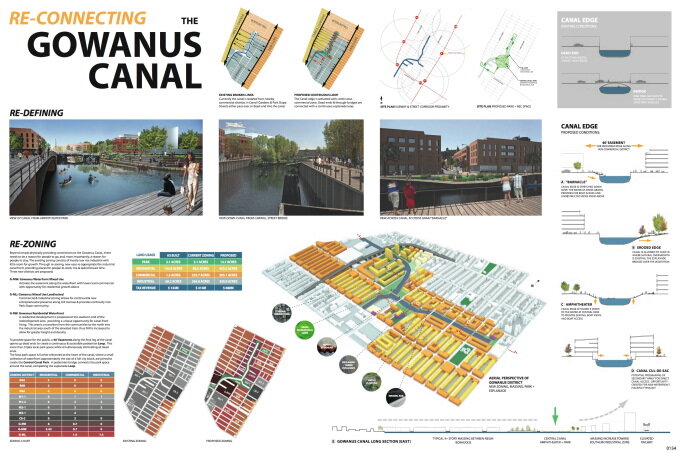Julie Bargmann, DIRT Studio, Landscape Architect
Julie Bargmann is internationally recognized as an innovative designer in building regenerative landscapes and with interdisciplinary design education. Her on-going design research Project D.I.R.T. (Design Investigations Reclaiming Terrain) continues to excavate the creative potential of degraded landscapes. At University of Virginia, associate professor Bargmann’s investigative graduate design studios and seminars challenge restrictive policies and conventional remediation practices that plague Superfund sites and Brownfields. Bargmann teaches critical site-seeing as a means to reveal multiple site histories, giving legible form to complex processes, offering renewed relationships for communities in tired and toxic surroundings. Along with a degree in sculpture from Carnegie-Mellon University, Bargmann earned a masters in landscape architecture at Harvard Graduate School of Design followed by a fellowship at the American Academy in Rome. Bargmann’s work was awarded the 2001 National Design Award by Smithsonian’s Cooper-Hewitt Museum. TIME, CNN and Newsweek, along with national and international design publications have recognized Bargmann as leading the next generation in making a difference for design and the environment.
David J. Lewis, LTL Architects, Architect
David J. Lewis is a founding principal of Lewis.Tsurumaki.Lewis (LTL Architects), a design intensive architecture firm located in New York City. LTL Architects is the recipient of the 2007 National Design Award for Interior Design from the Cooper-Hewitt, National Design Museum and was selected as one of six American architectural firms featured in the U.S. Pavilion at the 2004 Venice Architecture Biennale. In 2009, LTL Architects was selected by the Museum of Modern Art to execute a design proposal for the exhibition, Rising Currents on display at MOMA in 2010. David J. Lewis holds a Master of Architecture from Princeton University, a Master of Arts in the History of Architecture and Urbanism from Cornell University, and a Bachelor of Arts from Carleton College. David is an Associate Professor at Parsons The New School for Design, where he directs the Design Workshop program, and has also taught at Cornell University, the University of Pennsylvania, University of Limerick, and Ohio State University. He serves as a founding member of the Advisory Board of the School of Architecture at the University of Limerick, Ireland.
Gregg Pasquarelli AIA, Principal SHoP Architects
Gregg Pasquarelli received a Bachelor of Science from the School of Business at Villanova University (1987), and a Master of Architecture from Columbia University (1994) where he graduated with Honors for Excellence in Design. He co-founded the architectural firm SHoP Architects in 1997 and has lectured, exhibited, and been published internationally. Pasquarelli was named the Saarinen Professor of Architecture at Yale University in Fall 2006 and served as the Shure Professor of Architecture at The University of Virginia during the Fall of 2003. He was an Adjunct Assistant Professor of Architecture at Columbia University’s Graduate School of Architecture, Planning and Preservation from 1996 through 2003. Pasquarelli serves on the Board of Directors for The Architectural League of New York and is a Young Leader’s Fellow of the National Committee on United States-China Relations. He is a registered architect in the State of New York.
Richard Plunz, Columbia University GSAPP
Richard Plunz, Professor, Columbia University GSAPP Director, Urban Design Lab. Richard Plunz has taught at Rensselaer, and the Pennsylvania State University and has held visiting positions at the Katholieke Universiteit Leuven and the Politecnico di Torino. He served as Chairman of the Division of Architecture at Columbia between 1977-1980 and has been Director of the Urban Design Program since 1992. He has conducted long-term research on architecture and urbanism in Italy and Turkey as well as the United States and he has received support from numerous sources including the Aga Khan Program for Islamic Architecture, the New York State Council on the Arts, the National Endowment for the Arts, the National Endowment for the Humanities, and the J. M. Kaplan Fund. In 1991 he received the Andrew J. Thomas Award from the American Institute of Architects for his work in housing. Among his books are Housing Form and Public Policy in the United States (1980); Design and the Public Good. Selected Writings, 1930-1980, by Serge Chermayeff (1982); A History of Housing in New York City. Dwelling Type and Social Change in the American Metropolis (1990); Two Adirondack Hamlets in History. Keene and Keene Valley (1999); The Urban Lifeworld (2001); After Shopping (2003)
Andrew Simons, Chairman, Gowanus Canal Conservancy
Andrew Simons is a founding member and Chairman of the Gowanus Canal Conservancy. While at the Conservancy he has lead their green storm water management programs including the award winning Gowanus Canal Sponge Park concept plan, 6th Street Bioswale Project and 2nd Avenue Rain Garden. In addition, Andrew has helped develop the Conservancy's Volunteer Clean and Green Program that has brought hundreds of neighbors, students and civic groups to the Canal to clean, plant and beautify. Most recently Andrew has coordinated the efforts of graduate students from Cornell University Department of City and Regional Planning in their study of Gowanus Canal. The students have recently issued a report entitled "Reinventing Gowanus: Creating a Shared Community Identity between Culture and Industry"
Joel Towers, Dean of Parsons The New School For Design
Joel Towers has been Dean of Parsons since 2009. An Associate Professor of Architecture and Sustainable Design, he came to Parsons in 2004 to lead the school’s initiatives in sustainability. In 2006, he became the inaugural Director of the Tishman Environment and Design Center at the New School and Associate Provost for Environmental Studies. Prior to his appointment as Dean of Parsons, he was the Dean of Parsons’ School of Design Strategies; one of Parsons’ five schools. Before joining The New School, he taught in Columbia University's Graduate School of Architecture, Planning and Preservation. As a practicing architect for the past two decades, he is a leader in the field of environmental research, and draws from disciplines ranging from design conceptualization to construction methodology and urban design. In 1992 he co-founded the firm Sislian, Rothstein and Towers (SR+T), the work of which continues in new collaborations that extend the realm of traditional practice into construction, materials development, real estate development, and sustainable design. He received his Masters in Architecture from Columbia University and his B.S. in Architecture from The University of Michigan.








